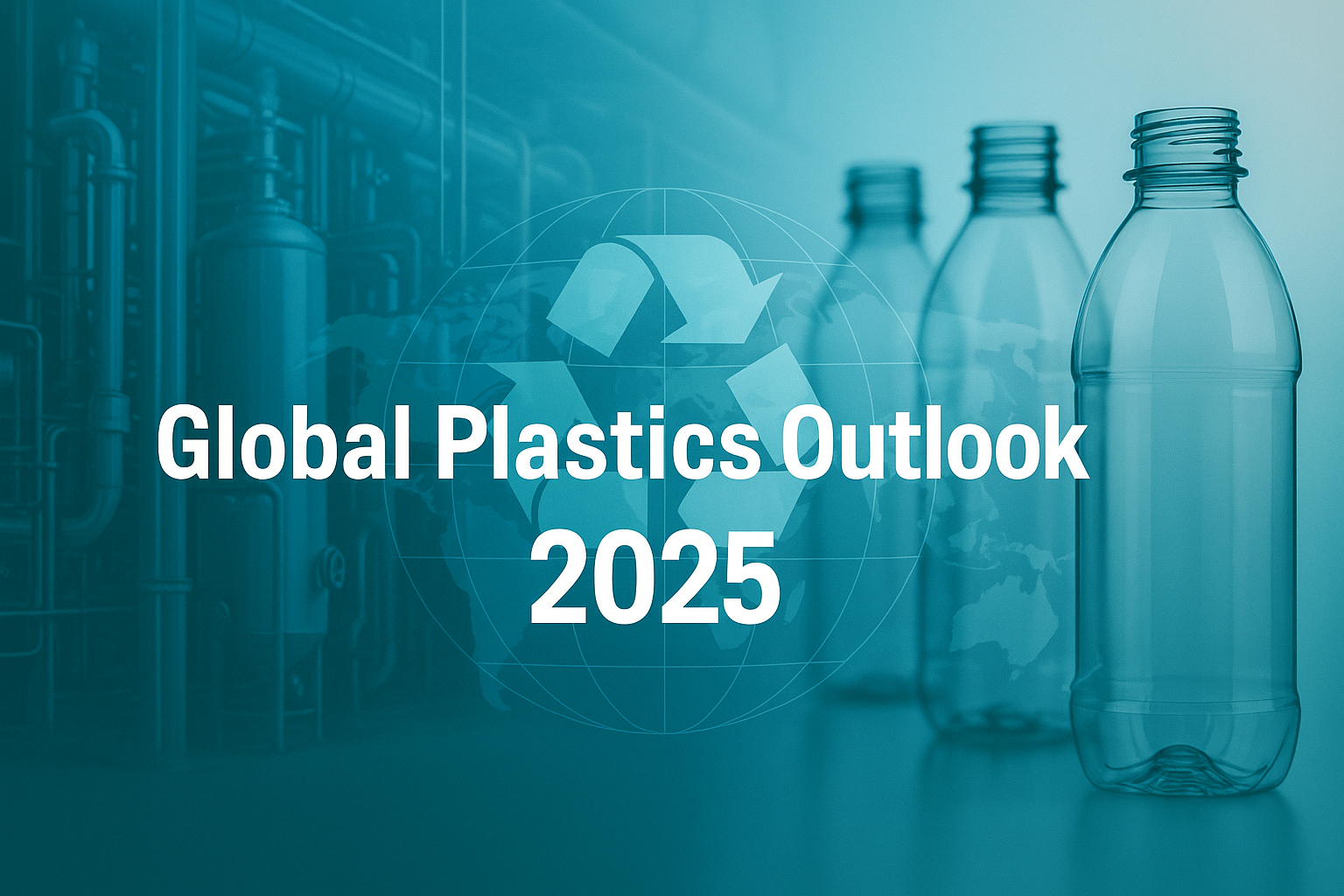The plastics value chain is entering a decisive decade. Worldwide resin output is expected to top 414 million tonnes in 2024 and keep growing at roughly 4 % CAGR, propelled by Asia’s appetite for mobility, construction and consumer goods. Packaging absorbs close to 40 % of all plastic converted, followed by building & construction (≈23 %) and automotive components (≈8 %). Dollar value is projected to reach USD 678 billion in 2025, reflecting higher margins in specialty resins and additives. Demand for lightweight electric-vehicle components and medical devices is fuelling specialty polymer growth
Sustainability has shifted from a “nice-to-have” to a licence to operate. Over 70 jurisdictions now enforce bans or taxes on single-use plastics; the EU, Canada and the UAE will tighten restrictions before 2030. Globally, the United Nations aims to finalise a plastics-pollution treaty by 2026, embedding extended producer-responsibility fees and recycled-content mandates across key markets. Brands are racing to lock in rPET contracts and low-carbon feedstocks to future-proof portfolios.
Recycling capacity is catching up. Mechanical recycling still carries the bulk of the load, yet chemical routes—pyrolysis, depolymerisation and solvent purification—could add nearly 10 million tonnes of output by 2030. Investors such as LyondellBasell, Eastman and SCGC have announced commercial plants in Germany, the US and Southeast Asia . Meanwhile, AI-powered sorters and QR-enabled digital product passports are lifting recovery rates for PET, HDPE and polypropylene, enabling more “bottle-to-bottle” circularity for beverage brands .
Bioplastics are moving from niche to necessity. Global capacity sits near 3 million tonnes (≈0.5 % of all plastics) but is projected to more than double by 2029 thanks to compostable food-service ware, biodegradable mulch films and lighter auto interiors. Life-cycle assessments show bio-based polyesters can slash greenhouse-gas emissions up to 40 % when sourced responsibly. Expect drop-in bio-attributed polyolefins to become mainstream within branded packaging long before the decade closes.
For manufacturers of PET bottles, jars and closures—especially regional leaders like Paxal Products—the roadmap is clear:
integrate food-grade rPET to hit 25 % recycled-content targets,
redesign lightweight preforms for e-commerce durability,
install energy-efficient stretch-blow-moulding lines powered by renewables,
and leverage India’s EPR credits to monetise take-back schemes.
Key Takeaways
Market momentum: Plastics demand remains resilient, with Asia-Pacific holding >50 % share.
Regulatory tailwinds: Single-use bans, carbon border adjustments and EPR fees will accelerate circular design.
Technology leap: Hybrid mechanical–chemical ecosystems aim to lift recycling rates above 20 % by 2030.
Material shift: Bioplastics could exceed 5 % market share; mass-balance resins will dominate premium packaging.
Competitive edge: Suppliers offering low-carbon, traceable PET packaging will capture growth in food, pharma and FMCG sectors.
By aligning products with these megatrends, paxal.in can rank for high-intent queries such as “food-grade PET bottle manufacturer India,” “recycled PET jars supplier,” and “sustainable plastic packaging solutions,” while also capturing discover-stage traffic for terms like “global plastics outlook 2025” and “plastic recycling trends.”

